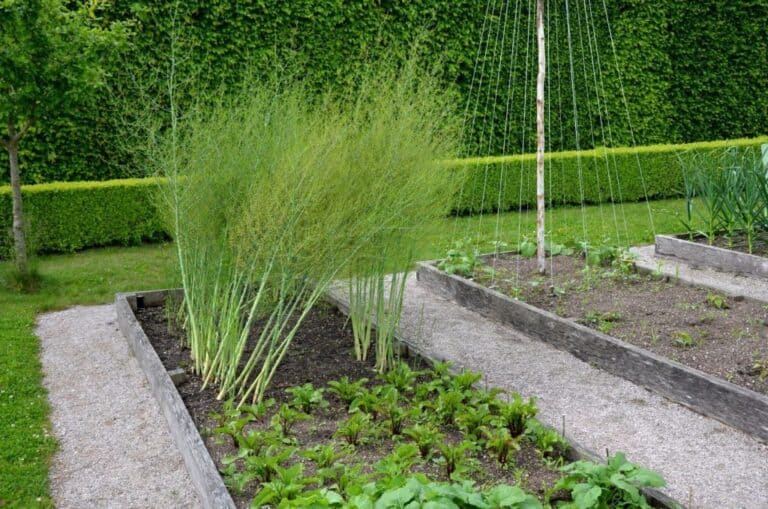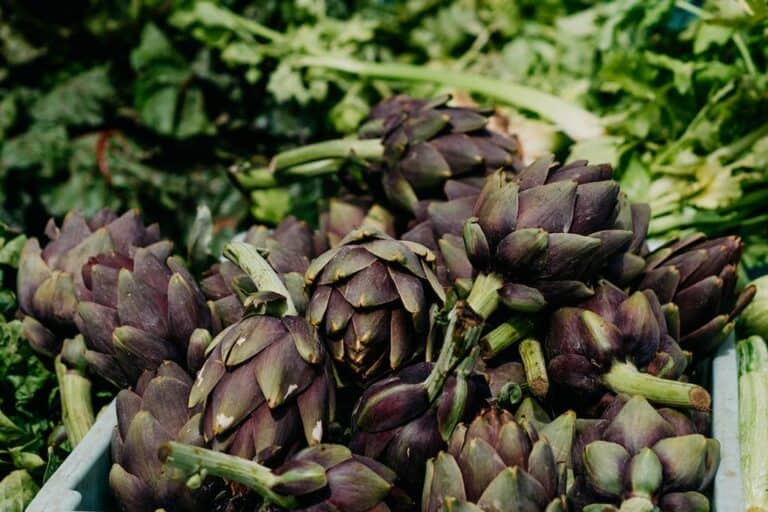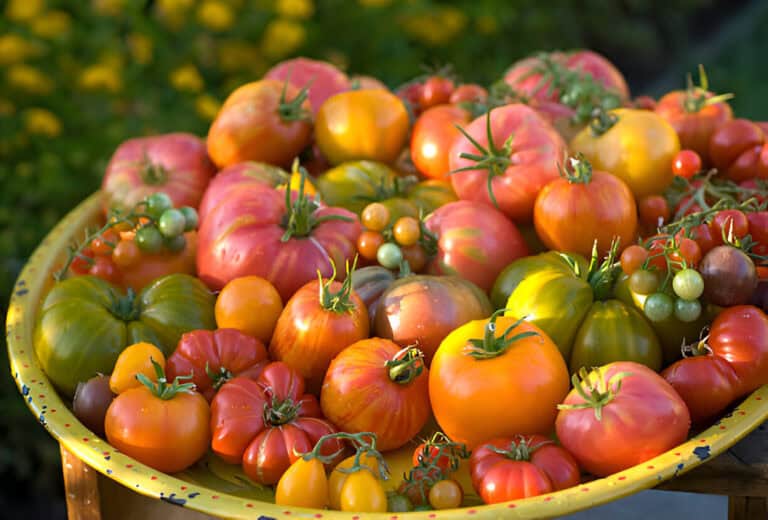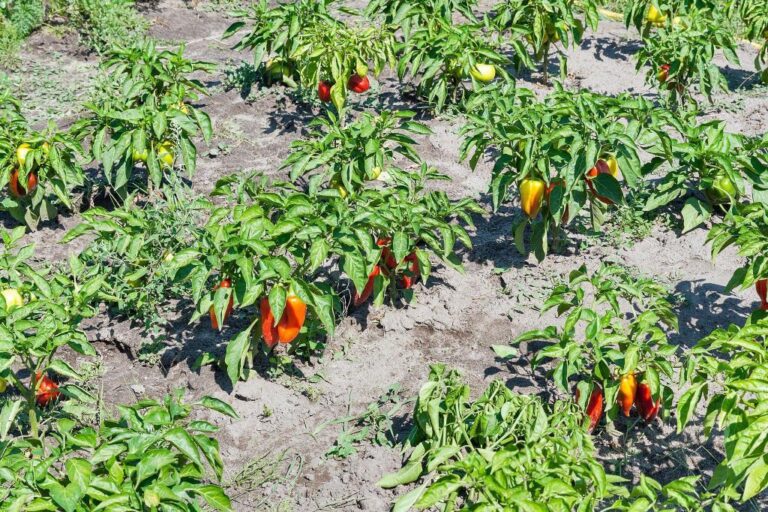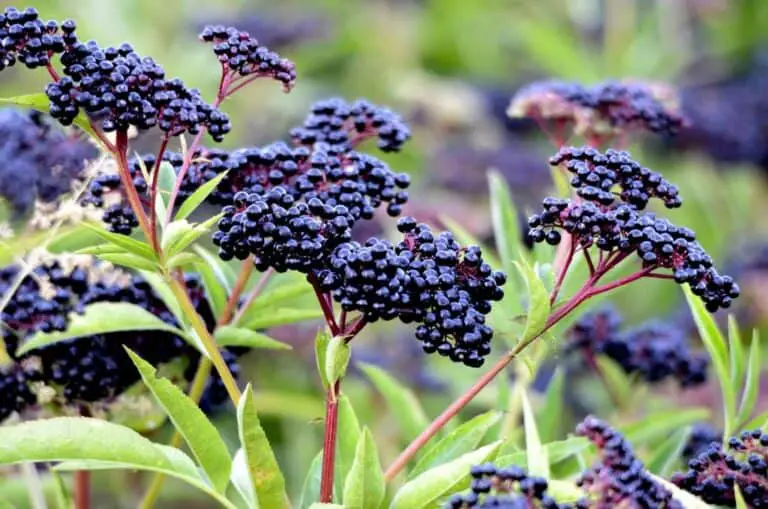What Part of the Plant is Broccoli? Understanding the Anatomy of Broccoli
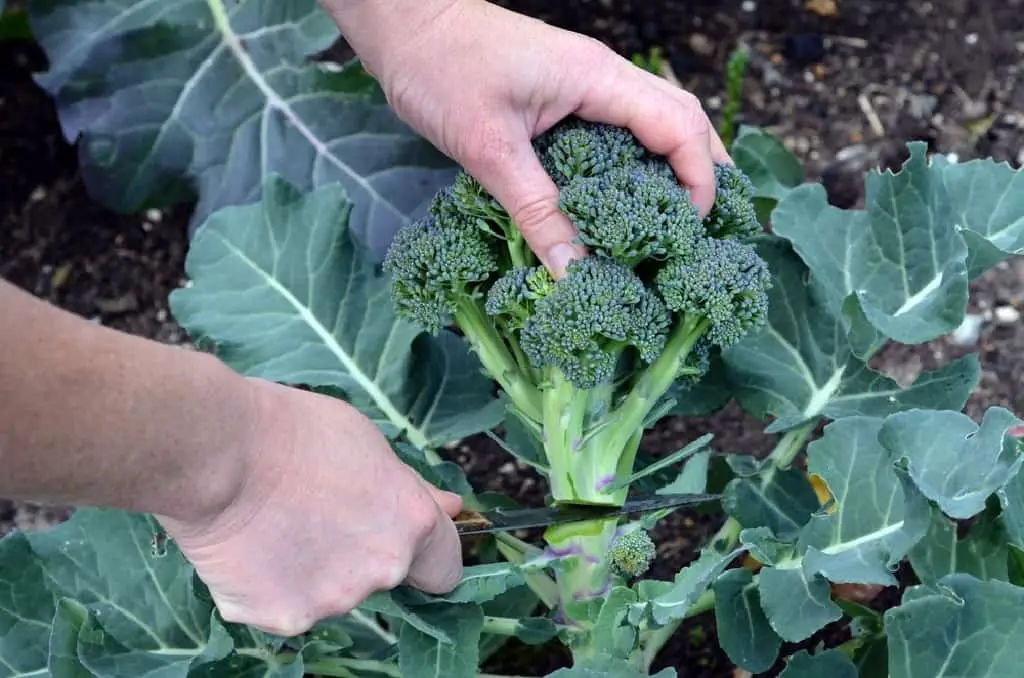
Have you ever wondered what part of the plant broccoli comes from? It’s a fascinating question that unravels the mysteries behind this beloved green vegetable. Broccoli is bright and flavorful. It has won over food lovers and health fans alike. Broccoli tastes great and is healthy. Also, knowing its anatomy can help us appreciate this amazing plant even more.
In this article, we’ll embark on a journey to explore the various parts that make up broccoli. We’ll explore the hidden wonders of this cruciferous vegetable. From the familiar flower head on our plates to the often overlooked stalk and leaves, there’s much to discover. If you’re ready to explore broccoli’s anatomy, join us. Let’s uncover its secrets and understand what part of the plant it really is. Let’s dig in and discover the captivating story behind this culinary delight!
Introduction to Broccoli

Broccoli, scientifically known as Brassica oleracea var. italica, is an incredible vegetable that captivates both our eyes and taste buds. It belongs to the Brassicaceae family, a group that encompasses various cruciferous vegetables. Broccoli stands out with its bright green color and unique look. It is related to cauliflower, cabbage, and kale.
When we think of broccoli, we often picture its florets, which are the most recognizable part of the plant. These tight clusters of unopened flower buds are packed with nutrients and flavor. Each floret consists of multiple tiny, tightly packed flower buds that will eventually bloom if left unpicked. Broccoli’s florets make it a versatile and attractive vegetable in cooking.
However, the florets are not the only edible part of the broccoli plant. The stems and leaves also offer their own unique qualities. The main stem of broccoli can be tough. However, you can enjoy it by peeling the outer layer. Then, slice or chop it into smaller pieces. The leaves are edible, though not often eaten. You can cook them or add them to salads. They have a slightly bitter and earthy taste that goes well with the rest of the plant.
Anatomy of a Broccoli Plant
To understand the different parts of broccoli, let’s take a closer look at the anatomy of a mature broccoli plant. A fully grown broccoli plant consists of several components: the roots, stem, leaves, flower head, and florets.
1. Flower Head (Edible Portion)
The most recognizable part of broccoli is its large flower head, also called the curd or head. This is the part that we typically eat. The flower head is made up of tightly packed, undeveloped flower buds. When these buds mature and start to open, they resemble a miniature tree with multiple florets.
2. Florets
Within the flower head, we find the individual florets. Florets are small, tightly clustered buds attached to the stem of broccoli. Each floret contains a tiny, underdeveloped flower. These florets are rich in nutrients, such as vitamins, minerals, and antioxidants, making them a valuable addition to our diet.
3. Stalk
The stalk is the long, slender stem that supports the flower head of the broccoli plant. It is thick and fibrous, providing structural support to the flower head. The stalk is often ignored, but it’s edible. It has a milder flavor than flower heads of broccoli. Some people may throw it away or use it differently in cooking. But many find the stalk tasty and healthy.
4. Leaves
Broccoli leaves are large and leafy, similar to other members of the cabbage family. These leaves surround the flower head and serve as protective layers. While the leaves are not as commonly consumed as the flower head, they can still be used in cooking. They have a slightly bitter taste and can be added to soups, stir-fries, or even used as wraps for other ingredients.
5. Roots
Broccoli, like other plants, has roots. These roots anchor it to the ground and take in water and nutrients from the soil. However, when we consume broccoli, we typically do not eat the roots. Instead, we focus on the above-ground parts of the plant, primarily the flower head, florets, stalk, and leaves.
What Part of the Plant is Broccoli?
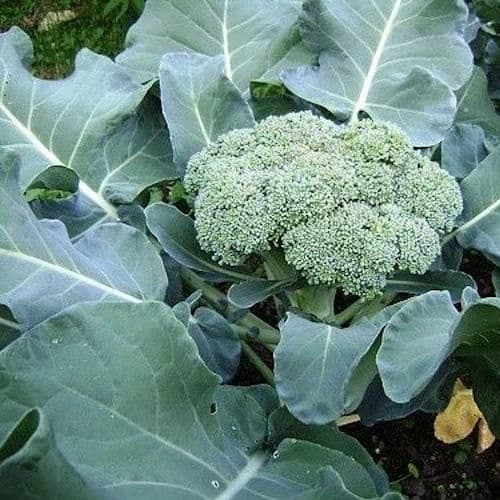
When it comes to broccoli, the part of the plant that steals the spotlight and finds its way onto our plates is the curd, or head. This distinct feature sets broccoli apart with its unique appearance and flavor. The broccoli plant has a strong stalk and branching arms. These arms end in clusters of tightly packed florets, known as the head.
The head of broccoli, often likened to a miniature tree, is a collection of buds that are on the cusp of blossoming into flowers. These buds, known as florets, are the key attraction of the broccoli head. Each floret contains a multitude of tightly packed, delicate, and vibrant green clusters that contribute to the overall appeal and taste of this cruciferous vegetable.
Broccoli’s head is the star in many dishes, but the plant has more to offer than just that.
The broccoli plant has small leaves beside the head. These leaves are edible and offer their own cooking possibilities. These leaves, reminiscent of kale or collard greens, offer a unique texture and flavor profile, adding variety to your dishes.
Once the crown of broccoli is harvested and prepared for cooking, what remains are the beloved broccoli florets. These florets, comprising the majority of the head, are the most widely used and versatile part of the plant in everyday recipes. Broccoli florets add their unique taste and texture to many dishes. You can use them in stir-fries, steamed meals, roasted recipes, and even salads.
Furthermore, the leaves of the broccoli plant should not be overlooked. Although the head and florets frequently take center stage, these leaves are not only edible but also nutrient-rich. Similar to other leafy greens like kale or collard greens, broccoli leaves can be cooked, sautéed, or even enjoyed raw in salads. Adding these greens to your cooking gives variety to your meals. It also helps you use the whole plant and reduce waste.
Read: Parts Of Broccoli Plants
Culinary Possibility of Broccoli’s Parts
Broccoli has many parts, each with unique cooking uses and health perks. The florets, with their appealing appearance and delightful taste, are the star of many dishes. Whether steamed, roasted, or added to stir-fries, broccoli florets provide a satisfying crunch and contribute to a wide range of recipes. They are also a fantastic source of vitamin C, which supports the immune system and acts as an antioxidant.
Broccoli stalks, with their mild sweetness and crisp texture, can be used creatively in the kitchen. Sliced into sticks, they make excellent raw snacks or can be added to salads for an extra crunch. Additionally, the stalks are packed with fiber, aiding in digestion and promoting a healthy gut.
Broccoli leaves, although less commonly used, have their own merits. They can be cooked similarly to other leafy greens like spinach or kale and incorporated into various dishes. These leaves provide a good amount of vitamins and minerals, contributing to a well-rounded and nutritious meal.
Culinary Uses of Broccoli
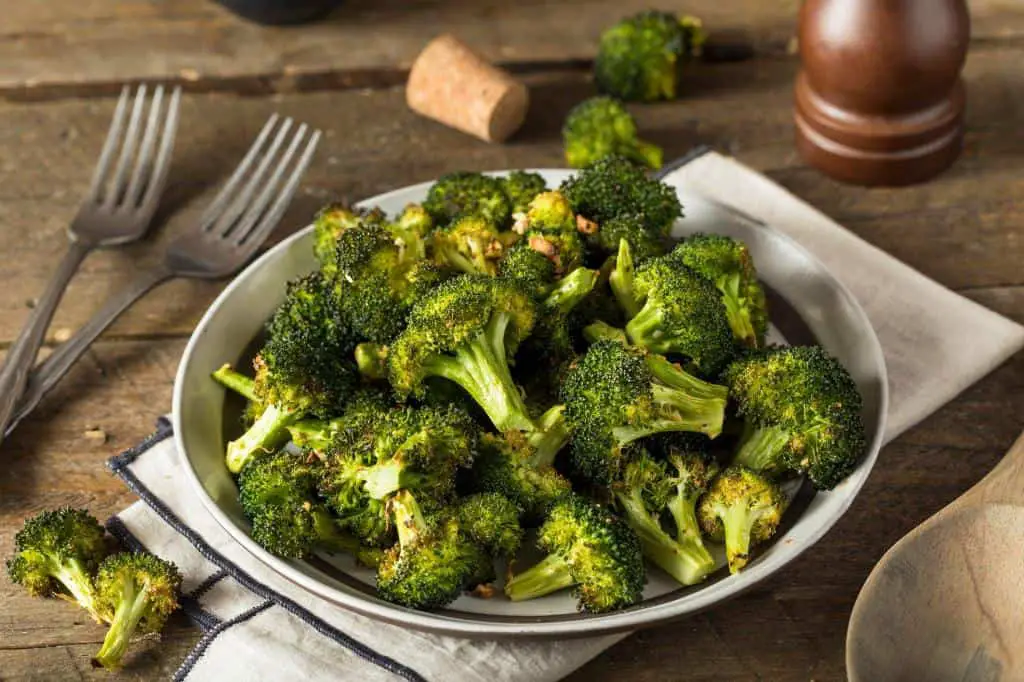
Now that we know what part of the plant broccoli is, let’s explore the various culinary uses of this versatile vegetable. Here are some popular ways to enjoy broccoli:
- Steamed: Steaming broccoli is an easy and healthy way to cook it. This method keeps its bright color and crunchy texture. It can be lightly seasoned with salt and pepper or used as a side dish for a variety of meals.
- Roasted: Roasting broccoli brings out its natural sweetness and imparts a delicious nutty flavor. Toss the florets with olive oil, garlic, and parmesan cheese. Roast them in the oven until they are tender and slightly charred. This makes a delightful side dish.
- Stir-Fried: Broccoli is a staple ingredient in stir-fries, adding a satisfying crunch and vibrant color. Combine it with other vegetables, proteins like chicken or tofu, and a flavorful sauce for a quick and nutritious meal.
- Blanched: To blanch broccoli, boil it briefly. This makes it bright green and a bit tender. After blanching, you can use it in salads, pasta dishes, or as a topping for pizza and casseroles. Blanching helps to soften the broccoli while maintaining its nutritional value.
- Raw: Broccoli can be enjoyed raw in salads or as part of vegetable platters. Its crisp texture and slightly bitter flavor add a refreshing element to any dish. Pair it with your favorite dressing or dip for a healthy snack.
- Soups: Broccoli shines in creamy soups. Simply simmer the florets with other vegetables, such as onions and carrots, in vegetable or chicken broth. Blend it until smooth, and you’ll have a comforting and nutritious soup.
- Grilled: Grilling broccoli adds a smoky and charred taste to the vegetable. Toss the florets with olive oil, seasonings, and a squeeze of lemon juice. Grill them until they develop grill marks and are tender-crisp, creating a flavorful side dish or addition to salads.
- Broccoli Rice: Use a food processor or grater to turn broccoli florets into small rice-like pieces. This broccoli rice can be used as a low-carb alternative to traditional rice, incorporated into stir-fries, or used as a base for grain bowls.
- Broccoli Slaw: Shred or julienne the stalks of broccoli to create a crunchy slaw. Mix it with shredded carrots and cabbage. Then, dress it with a tangy vinaigrette. This makes a refreshing and nutritious salad.
- Broccoli Pesto: Give traditional pesto a new twist. Swap basil for blanched broccoli florets. Blend the florets with garlic, pine nuts, Parmesan cheese, olive oil, and a squeeze of lemon juice. This vibrant and flavorful pesto can be used as a sauce for pasta, a spread for sandwiches, or a dip for vegetables.
Harvesting and Cultivation of Broccoli
Broccoli is typically harvested when the florets, the most sought-after part of the plant, are still tight and compact. This ensures optimal flavor and texture. Harvesting techniques may vary slightly depending on the specific variety and growing conditions. Generally, broccoli is harvested by cutting the central head with a sharp knife just above the main stem, allowing lateral shoots to develop for subsequent harvests.
Cultivating broccoli requires specific growing conditions to promote healthy growth and abundant yields. Broccoli thrives in cool temperatures between 60-70°F (15-21°C). It prefers well-drained soil with a pH level of 6.0 to 7.5. Sunlight, watering, and spacing are key for growing plants well.
However, growing broccoli can present some challenges. Common problems are pest infestations, like aphids and caterpillars, and diseases such as black rot and clubroot. To fix these issues and promote healthy broccoli, use organic pest control, rotate crops, and improve air flow.
Broccoli as a Popular Vegetable Worldwide
Broccoli is now popular all over the world. It appears in many dishes and cooking styles. Its nutritional value, tasty flavor, and cooking versatility make it popular in homes and restaurants.
Historically, broccoli traces its roots to ancient Roman times, where it was cultivated and appreciated for its medicinal properties. It later gained popularity in Italy and eventually spread throughout Europe and beyond. Today, people enjoy it in many ways. You can find it in Mediterranean dishes, Asian stir-fries, and American salads.
Beyond its delicious flavor, broccoli offers an array of health benefits. Packed with essential vitamins, minerals, and dietary fiber, it is a nutrient powerhouse. Broccoli is famous for its high vitamin C. This vitamin helps boost the immune system and promotes collagen production. It is also a rich source of vitamin K, folate, and antioxidants that help protect against chronic diseases.
Broccoli Hybrids and Varieties
Over time, selective breeding and careful cultivation practices have resulted in a wide array of broccoli hybrids and varieties. Each variety has its own distinct characteristics and features. Let’s explore a few popular broccoli hybrids:
| Hybrid/Variety | Description |
| Belstar | Known for its early maturity and uniform heads |
| Calabrese | Traditional Italian variety with large heads |
| De Cicco | Produces multiple smaller heads throughout the season |
| Purple Sprouting | Yields purple-hued florets with a slightly milder taste |
| Romanesco | Known for its striking appearance with spiral, fractal-like heads |
These are just a few examples of the diverse broccoli hybrids and varieties available. Each offers its own unique flavor, appearance, and adaptability to different growing conditions.
Conclusion
Broccoli’s anatomy shows its many valuable parts. This vegetable is packed with nutrients. Broccoli is full of flavor. The florets are tasty, the stalks are crunchy, and the leaves often get overlooked. Each part of the plant has its own benefits. Next time you eat broccoli, pause to admire its unique structure and the many benefits it offers. Incorporate the different parts of broccoli into your meals to maximize both the flavors and the nutritional value.
Next time you cook broccoli, try different methods. Each part has unique qualities. Exploring these can make your dish even better. Roast the florets to bring out their natural sweetness and crispiness. Steam the stalks until tender, allowing their subtle flavors to shine through. And don’t forget to experiment with cooking the leaves, whether sautéing, blanching, or using them as a flavorful addition to soups and stews.
FAQs
Is broccoli a fruit or a vegetable?
Broccoli is classified as a vegetable. Specifically, it is a flowering vegetable belonging to the cruciferous family.
Can you eat raw broccoli?
Yes, raw broccoli can be eaten and enjoyed. It offers a crunchy texture and a slightly bitter taste, making it a popular addition to salads and veggie platters.
Are broccoli stalks as nutritious as florets?
Broccoli stalks are indeed nutritious. They contain fiber, vitamins, and antioxidants, making them a valuable part of the plant to include in your diet.
How should I store fresh broccoli to keep it fresh?
To keep fresh broccoli crisp and flavorful, store it unwashed in a perforated plastic bag or loosely wrapped in a damp paper towel in the refrigerator’s vegetable drawer. It is best to consume it within a few days of purchase.
Can I freeze broccoli?
Yes, you can freeze broccoli. Blanch the florets and stalks briefly in boiling water, then transfer them to an ice bath to stop the cooking process. Once cooled, drain and pack them into airtight freezer bags or containers. Properly stored, frozen broccoli can retain its quality for up to 12 months.
Can I grow broccoli in containers or pots?
Yes, broccoli can be grown in containers or pots. Choose a deep container with good drainage, and ensure the plant receives ample sunlight and regular watering. Container-grown broccoli can be a convenient option for those with limited garden space.
What are some common pests and diseases that affect broccoli plants?
Broccoli plants are susceptible to pests such as aphids, caterpillars (such as cabbage worms), and flea beetles. Diseases like black rot, clubroot, and downy mildew can also affect broccoli. Implementing proper garden hygiene, using organic pest control methods, and selecting disease-resistant varieties can help protect your broccoli plants.

